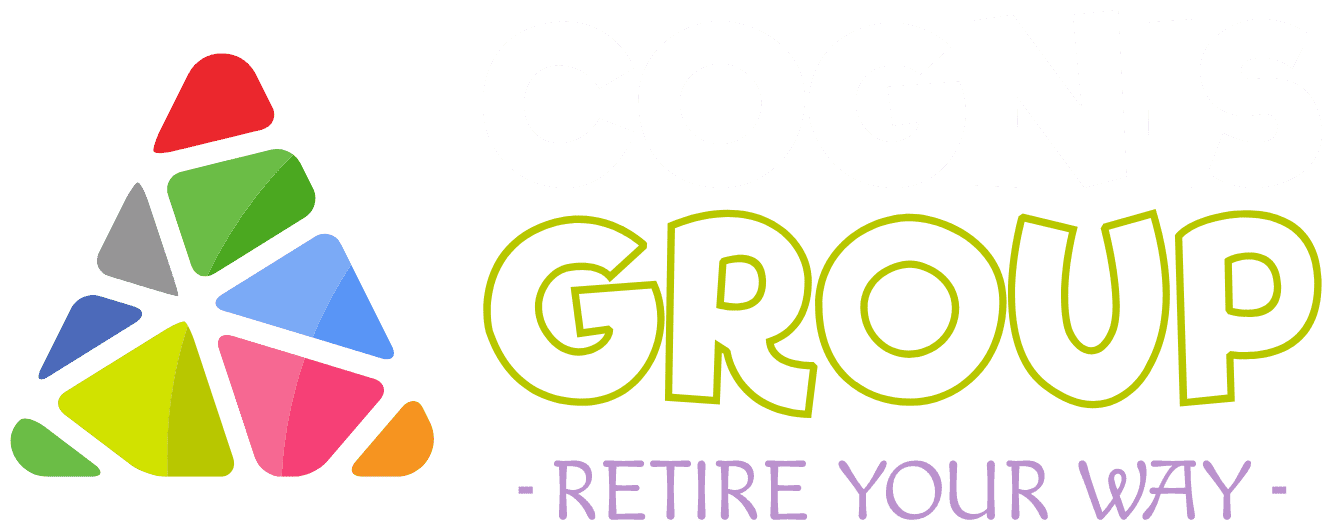
As a plan sponsor, selecting an investment lineup and default investment option (QDIA) that best serves your participants is critical. An all-ETF fund lineup combined with advisor-managed accounts as the QDIA is an increasingly popular approach that leverages the cost-efficiency and transparency of ETFs with the personalized guidance of professional management.
This guide outlines the benefits, considerations, and best practices for implementing this strategy in your 401(k) plan.
Why Choose an All-ETF Fund Lineup?
Benefits
– Cost Efficiency: ETFs generally have lower expense ratios than mutual funds, reducing participant investment costs.
– Transparency: Daily disclosure of holdings promotes trust and informed decision-making.
– Diversification: ETFs provide access to a broad range of asset classes, sectors, and geographies.
– Tax Efficiency: While less relevant inside a 401(k), ETFs’ structure minimizes capital gains distributions.
– Flexibility: ETFs can be easily combined to build tailored portfolios.
Considerations
– Trading Restrictions: 401(k) plans typically restrict trading to end-of-day NAV pricing.
– Complexity: Some ETFs may be complex; careful curation is required.
– Liquidity and Bid-Ask Spreads: Less liquid ETFs may have wider spreads, increasing costs.
Why Pair with Advisor-Managed Accounts as the QDIA?
What is a QDIA?
A Qualified Default Investment Alternative (QDIA) is the default investment option for participants who do not make an active investment choice. The QDIA must meet certain ERISA requirements to provide fiduciary protection to plan sponsors.
Benefits of Advisor-Managed Accounts as QDIA
– Professional Management: Participants receive personalized portfolio management based on their age, risk tolerance, and retirement goals.
– Customization: Portfolios are dynamically adjusted over time (e.g., glide paths) to manage risk.
– Improved Outcomes: Professional management can help reduce behavioral mistakes and improve retirement readiness.
– Fiduciary Protection: Using a recognized QDIA helps protect sponsors from certain liabilities related to default investments.
How ETFs Fit In
Advisor-managed accounts often use ETFs as building blocks due to their low cost and diversification benefits. The advisor allocates across the ETF lineup to create a tailored portfolio for each participant.
Implementation Best Practices
1. Curate a Thoughtful ETF Lineup
– Include diversified options across equities, fixed income, and other asset classes.
– Avoid overly complex or niche ETFs that may confuse participants.
2. Select a Qualified Advisor-Managed Account Provider
– Choose a provider with strong fiduciary standards, transparent fees, and a solid track record.
– Confirm the provider uses the ETF lineup or a compatible set of ETFs.
3. Communicate Clearly with Participants
– Explain the benefits of the advisor-managed QDIA and how the ETF lineup works.
– Provide education on fees, risks, and how to customize investments if desired.
4. Monitor and Review Regularly
– Periodically evaluate the ETF lineup for cost, performance, and suitability.
– Review the advisor-managed account provider’s performance and adherence to fiduciary standards.
5. Ensure Compliance
– Verify the QDIA meets Department of Labor (DOL) requirements.
– Maintain documentation and disclosures as required by ERISA.
FAQs
1. What is the main advantage of using an all-ETF lineup in a 401(k)?
ETFs generally offer lower expense ratios and greater transparency compared to mutual funds, helping participants keep more of their returns.
2. Why use advisor-managed accounts as the QDIA instead of a target-date fund?
Advisor-managed accounts provide personalized portfolio management tailored to individual participants, potentially improving retirement outcomes over a one-size-fits-all target-date fund.
3. Are ETFs suitable for all types of investors in the plan?
While ETFs are versatile, some complex ETFs may not be suitable for all participants. The lineup should be carefully curated to include broadly diversified, simple ETFs.
4. How does the advisor manage the ETF lineup for participants?
The advisor typically uses participant data (age, risk tolerance, retirement horizon) to construct and adjust a portfolio made up of ETFs from the lineup, often employing a glide path or risk-based approach.
5. What fees are involved with advisor-managed accounts?
Fees vary by provider but generally include an advisory fee (percentage of assets managed). This is in addition to the underlying ETF expense ratios, though ETFs tend to be low-cost.
6. Does using ETFs mean participants can trade anytime during the day?
No. Most 401(k) plans price trades at the close of the trading day, so intraday trading benefits of ETFs are typically not available.
7. How does this approach impact plan administration?
While ETFs can simplify fund lineup management, advisor-managed accounts may increase administrative complexity and costs due to personalized management and recordkeeping.
8. What fiduciary protections do plan sponsors have with this setup?
Using a DOL-approved QDIA like advisor-managed accounts provides fiduciary safe harbor protections for defaulted participant investments, reducing sponsor liability.
9. Can participants opt out of the advisor-managed QDIA?
Yes. Participants can choose risk-based model portfolios built using the same fund line-up but with less personalization or select their own portfolio from the plan ETF lineup.
10. How often should the ETF lineup and advisor-managed accounts be reviewed?
At least annually, or semi-annually if market conditions or participant needs change.
Conclusion
An all-ETF fund lineup paired with advisor-managed accounts as the QDIA offers a cost-effective, transparent, and professionally managed solution for 401(k) plans. By carefully selecting ETFs, choosing a qualified advisor, and providing clear communication, plan sponsors can enhance participant outcomes while managing fiduciary risk.
